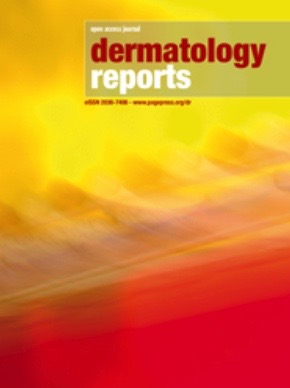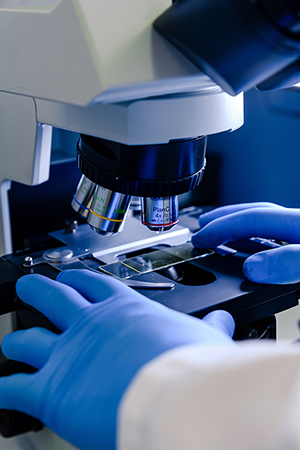Articles
29 March 2019
Vol. 11 No. s1 (2019): 23rd Regional Conference of Dermatology | Surabaya, Indonesia, August 8-11, 2018
Mycobacterium leprae deoxyribonucleic acid positivity on skin lesion of untreated leprosy patients and its route to the skin surface

Publisher's note
All claims expressed in this article are solely those of the authors and do not necessarily represent those of their affiliated organizations, or those of the publisher, the editors and the reviewers. Any product that may be evaluated in this article or claim that may be made by its manufacturer is not guaranteed or endorsed by the publisher.
All claims expressed in this article are solely those of the authors and do not necessarily represent those of their affiliated organizations, or those of the publisher, the editors and the reviewers. Any product that may be evaluated in this article or claim that may be made by its manufacturer is not guaranteed or endorsed by the publisher.
1092
Views
503
Downloads








